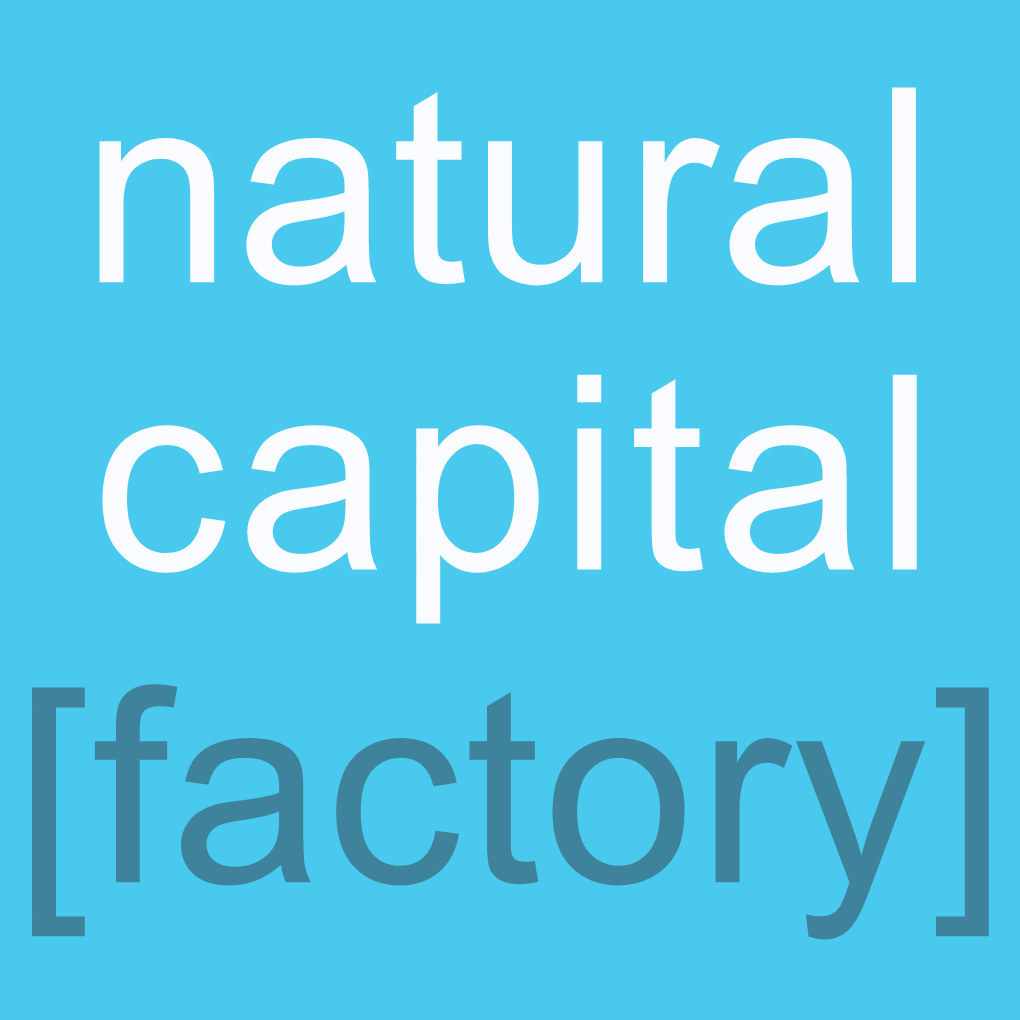Demonstrating economic benefits generated by protected areas is often pointed out as pivotal for supporting decision-making. We argue in this paper that the concept of ecosystem services (ES), defined as the benefits humans derive from ecosystems, provides a consistent framework to approach this issue as it links ecosystem functioning and benefits, including benefits with economic value. This study aimed at providing evidence on how to bring the economic value of protected areas to the decision-making process and contributing to extend current EU Member States’ experience in mapping and assessing the economic value of ES in the context of the EU Biodiversity Strategy to 2020 (Action 5). In doing so, we used the Natural Park of Serra de S. Mamede (PNSSM), located in the Alentejo NUTS II region, as a case study. We followed a three-step approach to pursue our goals, entailing stakeholders’ engagement for selecting relevant ES (through a participatory workshop), biophysical mapping of ES flows (based on a multi-tiered approach depending on data availability) and spatial economic estimation of such flows (using value transfer, willingness-to-pay and market price methods). Our results indicate that the ES with highest economic value are not always the ones with higher perceived value by stakeholders. For most ES, the economic value increased with increasing protection level within the park, except for the crop production service. Although no formal uncertainty or sensitivity analysis has been performed, the following range is based on a critical assessment of non-primary data used. We estimated the aggregate annual value of PNSSM to be 11 to 33M€/year (representing 0.1 to 0.3% of the regional NUTSII Alentejo Gross Domestic Product). Our findings reinforce the need to adopt mixes of monetary and non-monetary valuation processes and not to rely just on one approach or measure of value while bringing ES into protected areas management.

- Unsplash.com
Economic valuation and mapping of Ecosystem Services in the context of protected area management (Natural Park of Serra de São Mamede, Portugal)
Main author
Year
Labels
- ecosystem services valuation
- economic valuation

